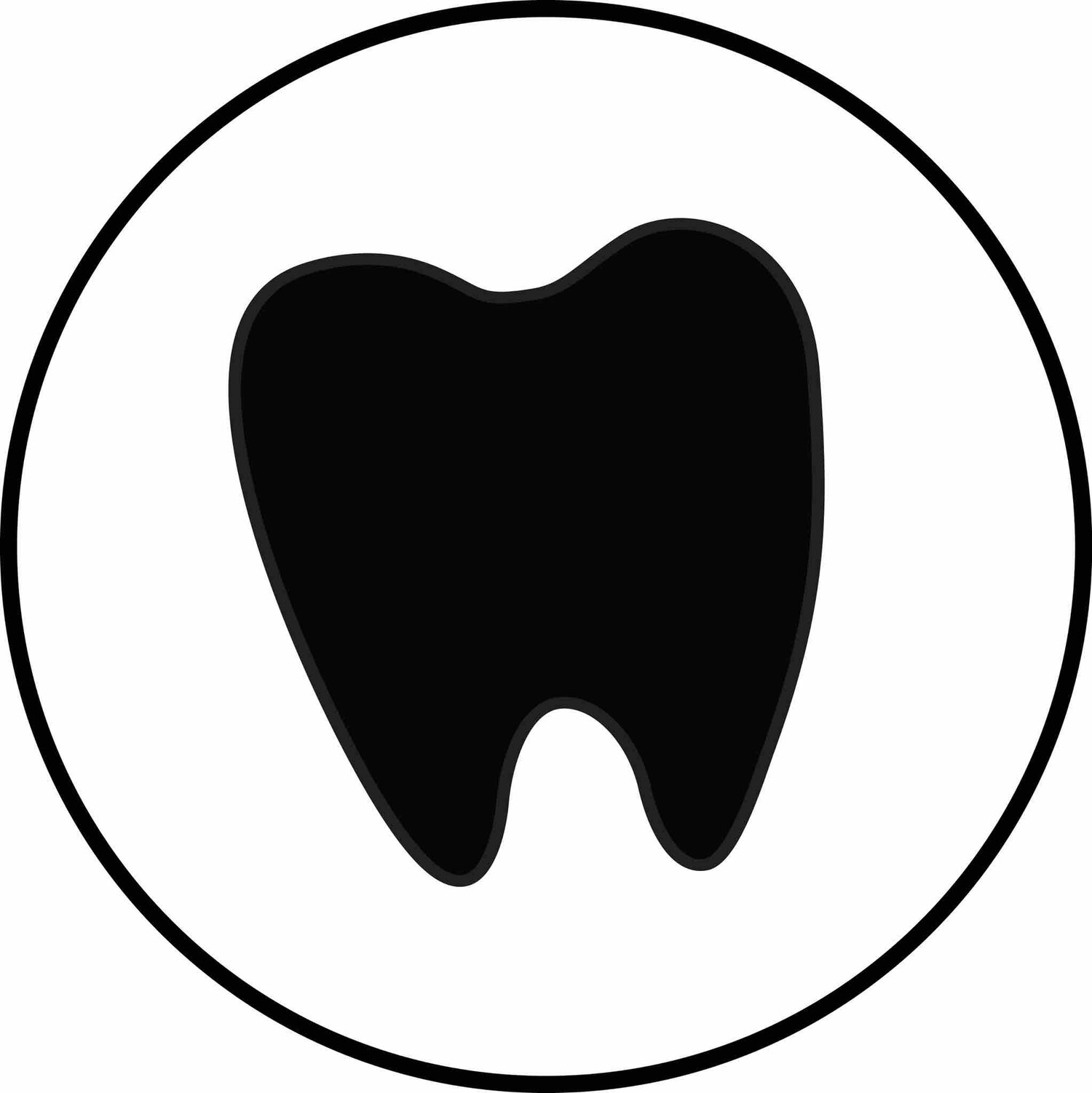Tried & True Ways To Empower Patients
I think above EVERYTHING in dental hygiene- Oral Hygiene Education is by far my FAVORITE thing to talk about. Unfortunately, no one is willing to pay me to just talk… ;) I, like everyone else, don’t have a lot of time for OHE so I’ve had to, through trial and error, make sure My OHE is focused and that I’m discussing the right things at the right time and in a way that will make sure my patients feel empowered and not guilty! I have a little rule that I try to live by,
EVERY ONE OF CANDI KIDD’S PATIENTS WILL EITHER:
1. LEAVE WITH A NEW IDEA OR TECHNIQUE
And/Or
2. WILL LEAVE WITH A NEW PRODUCT
The CRITICAL time to open up the brushing and flossing conversation is BEFORE you are in their mouth. This allows you to know if you need to focus on adjusting the technique of an already existing habit or gaining a habit. I used to probe and then talk to a patient about how they need to floss only for the patient to be defensive because they were flossing, just not effectively. Or I would discuss brushing and flossing technique to someone that doesn’t do either very regularly, they needed to gain the habit.
When I’m taking radiographs I open up the conversation like this. “Tell me about your brushing habits? How often do you brush? Do you use a manual or electric?” (make sure if they say electric that they aren’t talking about a spin brush.) “Tell me about how you clean in-between your teeth? Do you use floss or toothpicks? How often?” If they have good habits I will wait until after I’ve probed and then see if their technique needs any “adjustments”. If they ARE brushing and cleaning in-between regularly but still have bleeding, inflammation and plaque I will usually follow the, “COMPLIMENT, CORRECT, COMPLIMENT” rule.
I will usually say something like: “John, it looks like you have a really great habit of brushing (compliment) I’m going to “ADJUST” the way you’re holding your toothbrush a tiny bit to make you more effective (correction). You’re so proactive that I’m sure that we will see good results. I found that saying words like “adjusting” or “tweaking” don’t make the patient feel dumb! I even had a dentist tell me that with all of the “adjustments” I do that I should have been a chiropractor!! Ha!
The second part is gaining the habit! Oral hygiene is one of those tricky things. Usually people KNOW they should be brushing and cleaning in-between their teeth. The actual doing is the hard part. I have had the MOST success with teaching something called “Tiny Habits” created from famous habit researcher BJ Fogg. PLEASE WATCH THIS VIDEO to fully understand it.
I might say something to my patients like: “You have a great habit of brushing (compliment). You have “X” amount of bleeding areas between your teeth. Most people know how to clean in-between the teeth but it's just gaining the habit. I want to focus on just gaining the habit. A lot of my patients have been successful using tiny habits (social pressure helps!)
Then I go on and explain tiny habits. A tiny habit is where you have an ANCHOR->TINY HABIT-> REWARD. So if the patient has the habit of brushing (ANCHOR), then I would have them floss one tooth, and then say “I’m awesome”. Patients laugh when you explain this . I always tell them that it's not about flossing all 28 teeth but doing such a tiny thing that they go from brushing and then flossing automatically!! Don’t let them floss more than one tooth to start off with!!
The last part is to REINFORCE! Either have a hand out or sometimes I like to put a sticky note in their bag that says their name, the products or idea we discussed, and then something on the lines of “have fun on your vacation to California!” Candi Kidd, RDH
It's something small that goes a long way!!


